Description
Genus: Tylopilus
Species: violatinctus
Common Name: “Violet Bitter Bolete”
Tells: Bitter white cap flesh. Violet cap skin ages through pink to tan, bruising violet. Pinkish, yellow-staining stem browns w/age, apex staying white. Often buggy.
Other Information: White pores age through pink & then flesh colors, ending a deep cocoa brown. Pores typically DNS, but may turn brownish-olive. Cap flesh DNS, or slowly turns a slate color. T. plumbeoviolaceus has a deeper purple stem, a cap that does not bruise, and is notoriously bug resistant.
Edibility: Too bitter to eat but useful for unique approaches like cocktail bitters. It isn’t toxic; just absurdly bitter.
CHEMICAL TESTS:
- NH4OH (Ammonia): Cap surface turns yellow to yellow-brown. Cap flesh does not react.
- KOH: Cap surface turns pale, dingy yellow to dull amber. Cap flesh does not react.
- FeSO4 (Iron Salts): Cap surface has no reaction or turns faint olive. Cap flesh does not react.
Links:
 |
0 |  |
341 |  |
274 |  |
402 |

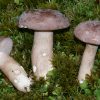
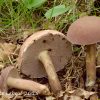
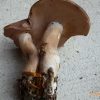
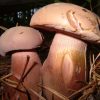
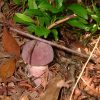
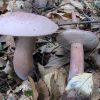
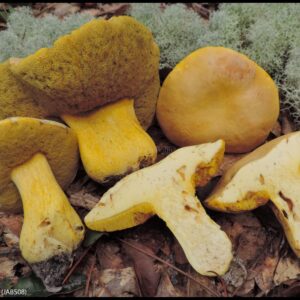
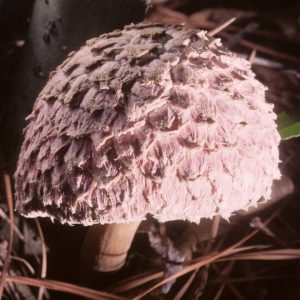
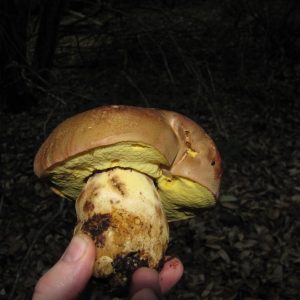
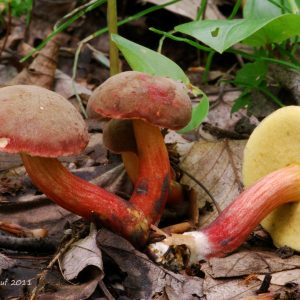
Got something to discuss?